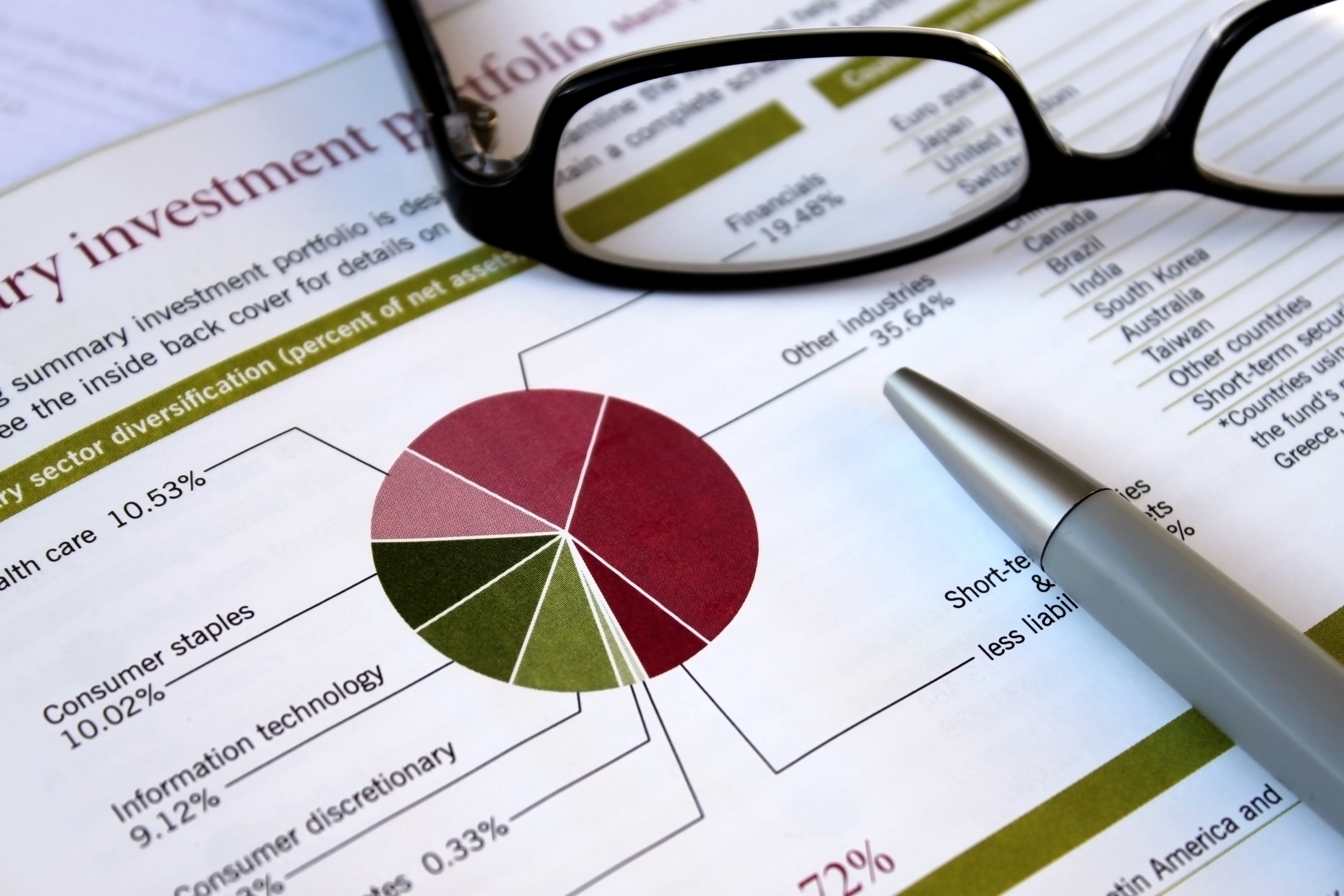Concept 45: Investment Options (Risk and Return)
Overview: You may have heard it said that there's no reward without risk. When it comes to investing, there is a kernel of truth to that. This lesson explains why.
Learn
Beginner

An investment is an asset (or item) that a person purchases with the hope that it will gain value over time. This term can apply to a range of things from houses to collectibles to businesses to financial products. The basic types of financial investments are:
- Stock refers to a small piece (known as a share) of ownership in a company. You may have heard of the “stock market” where shares are traded on a daily basis.
- A mutual fund is a way for investors to buy stock without having to research individual stocks. A mutual fund works by having many investors pool their money so that a fund manager can buy many shares of a variety of companies. The fund manager takes a cut of the earnings or a portion of the invested money for their service.
- Bonds are an agreement where the investor gives the bond provider (either a government entity or corporation) money and, in exchange, gets paid interest over a certain time and their money back at some point in the future. Basically, the investor is lending money to the bond provider. U.S. Treasury Bonds are used to help the federal government run budget deficits.
- Certificates of Deposit (CD) are a product offered by banks that are similar to savings accounts. The difference is that the investor agrees to leave money in an account for a predetermined amount of time in exchange for a specific interest rate.
- Savings Accounts, while not technically investments, are another way people can earn interest by leaving money in a bank over time.
Intermediate

All of the investments listed in the beginner reading have the potential to increase in value over time. In economic terms, this increase in value is called return. All of the investments also have the potential to lose real value over time. This is referred to as risk. Risk and return have a direct relationship, especially in the investment world. For example, savings accounts pay you guaranteed interest, are insured by the FDIC (up to a limit), and you can easily close them out and get your money back when you need it. The risk on this kind of account is extremely low. In fact, the only real risk is if your interest rate doesn’t keep up with inflation. Because the investment is low risk, the bank doesn’t need to offer very high interest rates. As of January 2021, the nationwide average interest rate on savings accounts was 0.05%. CDs and bonds are also low risk but pay slightly higher interest rates because they are tied to specific time frames, which slightly increase the inflation risk.
Stocks are the opposite of savings accounts in that their return is not guaranteed, and there is a risk that your investment could go to $0! The reason people still invest in stocks, however, is that the long-term return is typically much greater than most other options. Since 1950, the S&P 500 (a broad measure of the overall stock market) has had an inflation-adjusted return of 7%. Some individual stocks have had periods where they earned 100% returns or higher in a single year. Since mutual funds are more diversified to lower risk, their returns are generally lower than individual stocks, but higher than savings accounts and bonds.
Advanced

The best investment strategy is not “all or nothing.” In fact, most successful investors have a balance of high-risk products and low-risk products. The age of the investor may also play a role. Younger investors may prefer portfolios that feature more risk and possibilities of return, whereas older investors (especially retired ones) may wish to reduce the risk in their portfolios, as they are more likely to rely on that money for their income in the near future. While the actual number varies a little from source to source, a “low risk” portfolio is considered to have no more than 10-15% in stocks. A “medium risk” portfolio may include up to 50-60% stocks while a “high risk” portfolio is one where more than 60% of the portfolio is stocks. In all cases the remainder of the portfolio is made up of lower risks investments like CDs, bonds and savings.
Click a reading level below or scroll down to practice this concept.
Practice
Assess
Below are five questions about this concept. Choose the one best answer for each question and be sure to read the feedback given. Click “next question” to move on when ready.
Social Studies 2024
Evaluate the risk and return of a variety of savings and investment options, including: savings accounts, certificates of deposit, retirement accounts (i.e. Roth IRA, 401K, 403b), stocks, bonds, 529 accounts, and mutual funds and explain the importance of diversification when investing.
Describe the role of speculative investments (i.e. cryptocurrency and historical examples like buying on margin in the 1920’s).












